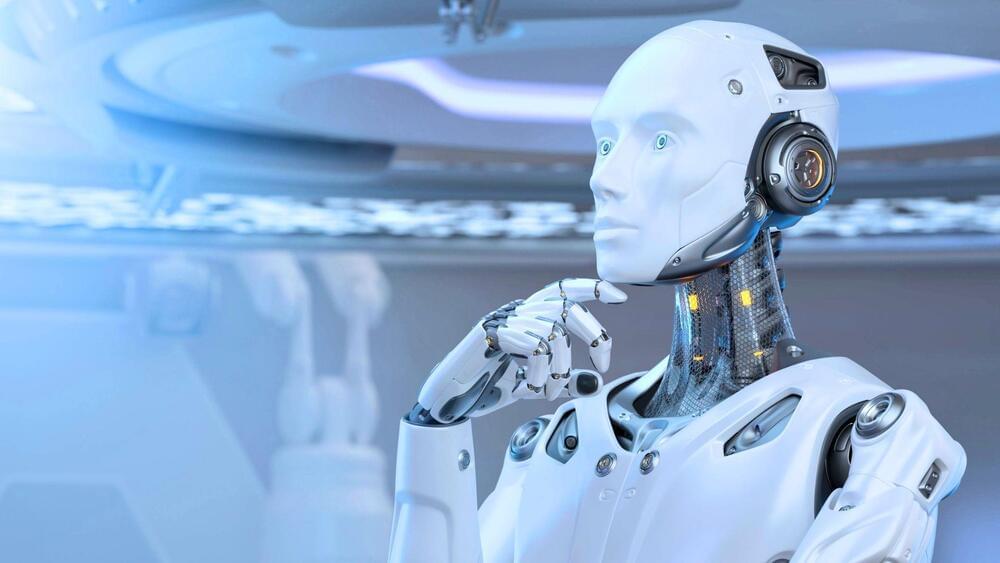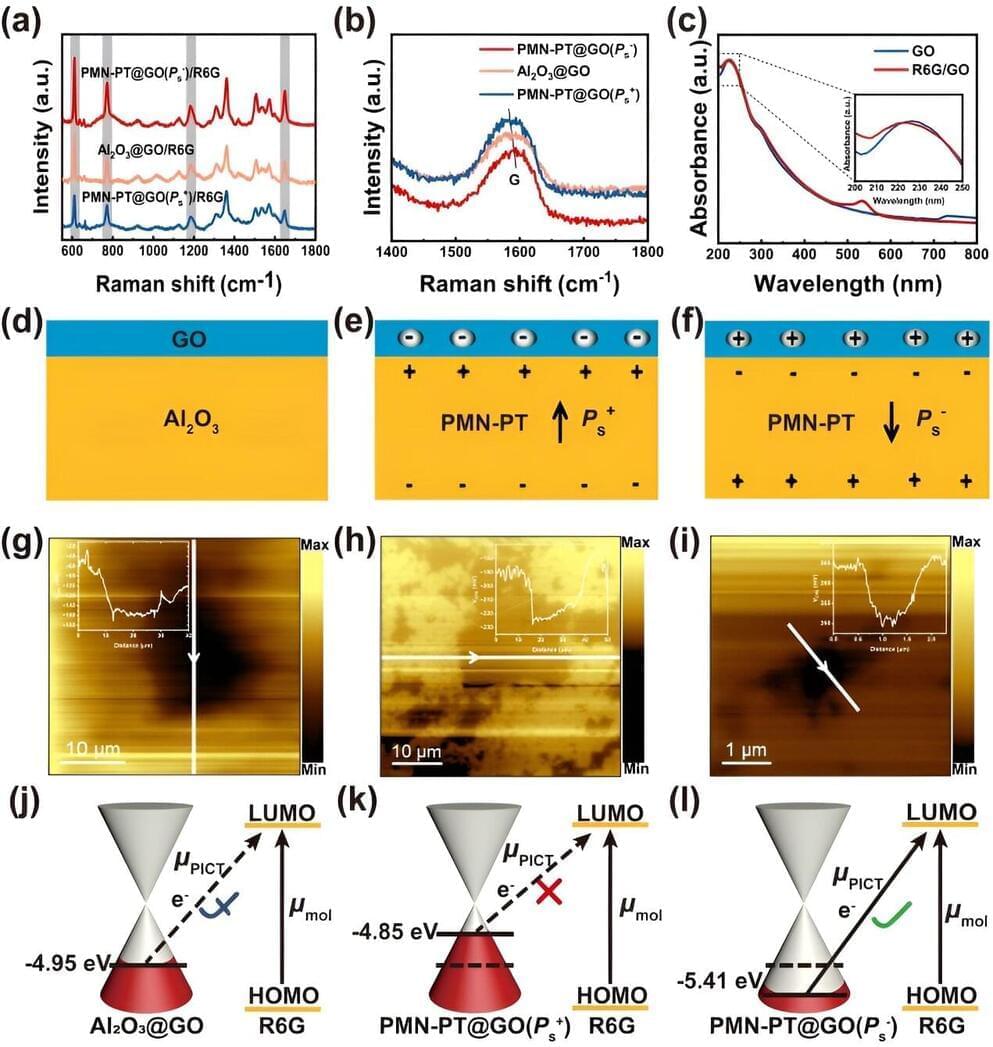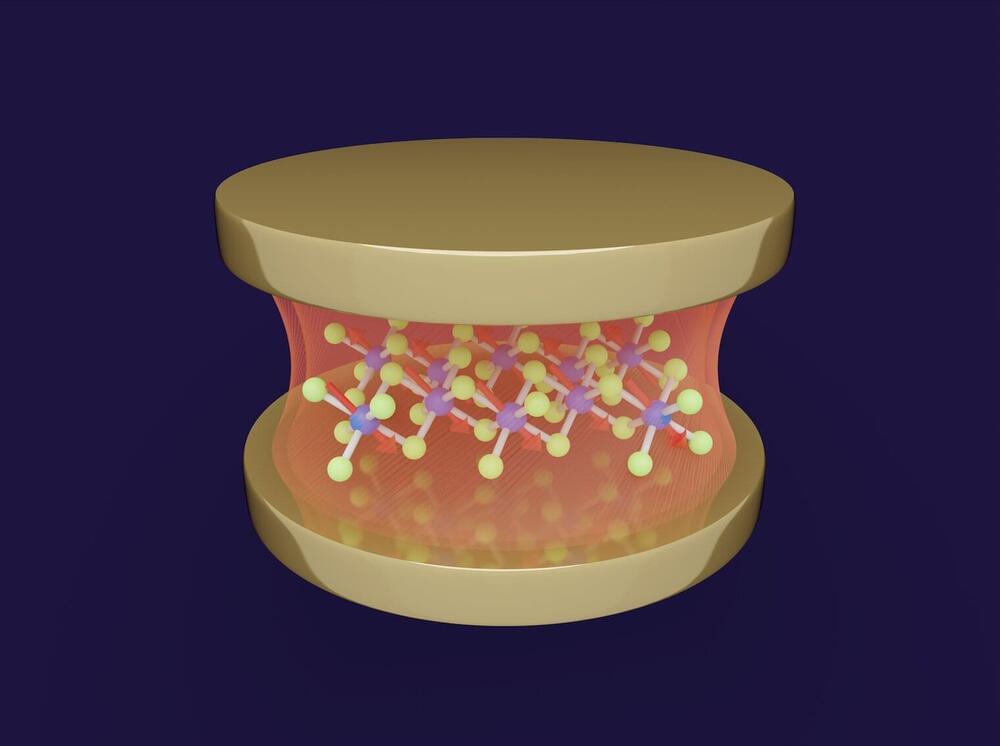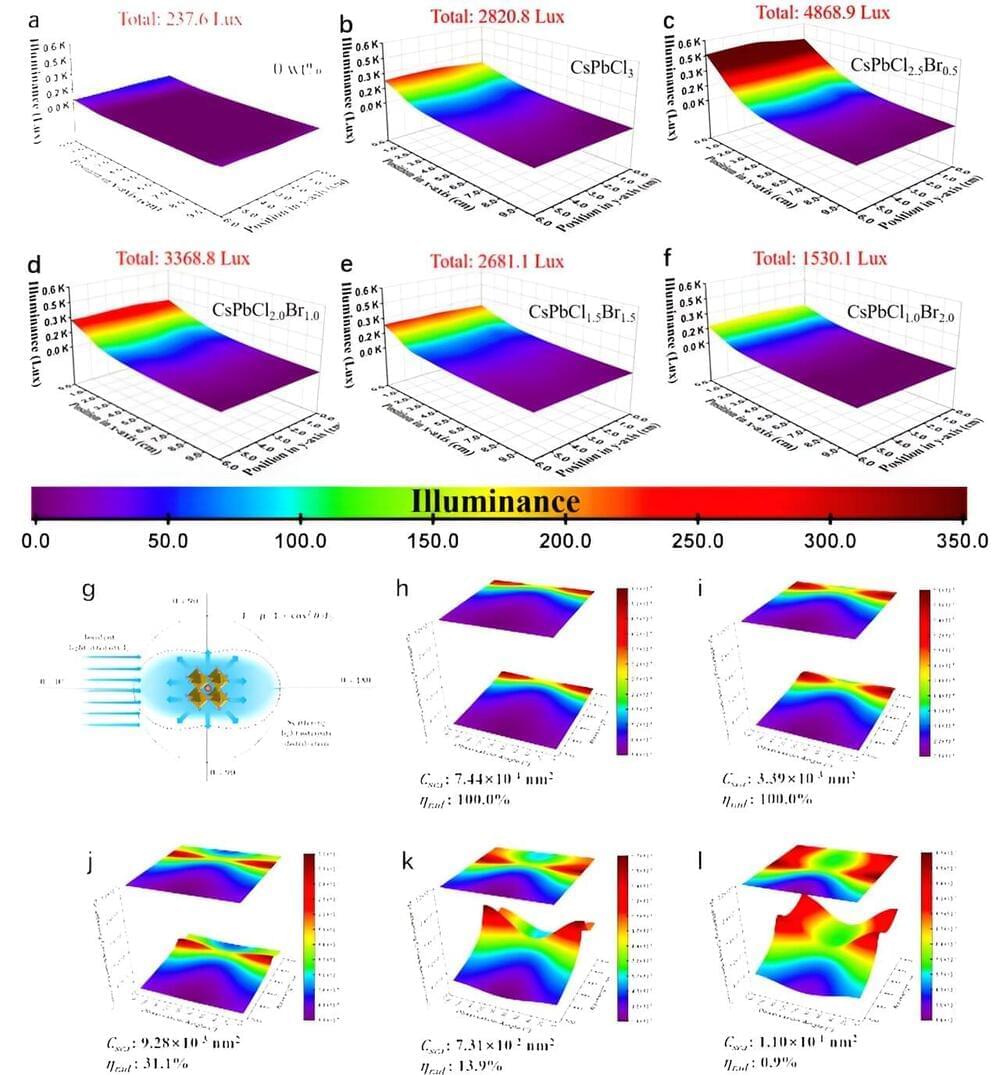The company aims to launch a larger and more powerful reusable rocket in 2025.
A Chinese company has made significant progress in developing its reusable rocket after successfully testing the first stage of its Hyperbola-2 launch vehicle in a desert. iSpace, a Beijing-based firm, conducted a “hop test” at the Jiuquan satellite launch center on Thursday, which lasted for about a minute and demonstrated the rocket’s ability to take off and land vertically. The company said the test was an essential step towards flying its larger and more powerful Hyperbola-3 reusable rocket in 2025.
As per SCMP.
CNSA Watcher/X
Interstellar Glory / iSpace’s Hyperbola-2 prototype rocket aced its 1st test flight & LANDED successfully in Jiuquan! Diameter: 3.35m, Length: 17m, Engine: JD1 CH4/LOX. Flight height: 178.42m, Time: 50.82s, landing accuracy: 1.68m, landing speed: 0.025m/s. https://buff.ly/45XwaBh pic.twitter.com/6hdUfCesuQ— CNSA Watcher (@CNSAWatcher) November 3, 2023









